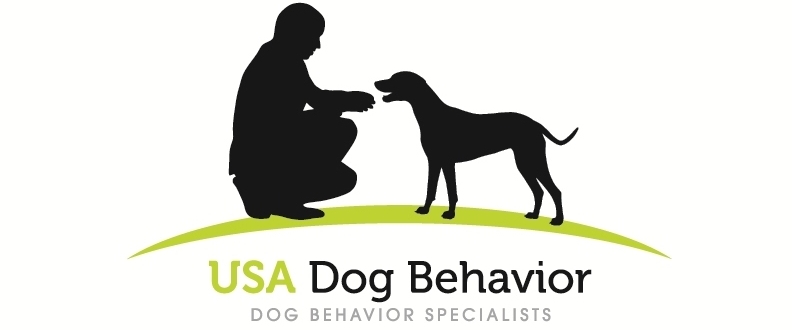Why you Never Want your Dog to Bite a Human
"Temple Grandin, world famous animal scientist, says it best, “Once a dog has accessed a behavior, it is like moving a file to your computer’s trash bin. Out of sight, but always retrievable.”"
©Scott Sheaffer, CDBC, CPDT-KA, USA Dog Behavior, LLC
In the hierarchy of problematic dog behaviors, certainly dogs biting humans is at the top.
Let’s define “dog bite” before we go any further. There is a misbelief that a dog bite is not really a dog bite until there is serious injury. The reality is that anytime a dog’s teeth come in contact with a human as an act of aggression, it is considered a bite. This includes bites to clothing that don’t penetrate the clothing and bites that don’t penetrate skin.
Dog owners need to do everything they can to keep their dog from biting a human - even one time. Here’s why:
There are always potential liability issues involved even the first time your dog bites a human. However, in Texas it’s the second bite that is the most concerning since Texas is one of only 18 states that follow what is called the one-bite-rule. This rule essentially means that the owner of the dog is basically free from liability the first time the dog bites someone. However, after the first bite, everything changes. There are some limitations to this rule, for example, if the dog showed aggressive tendencies prior to biting for the first time.
If your dog has never bitten anyone (which is always the goal), in Texas you might have a “pass” regarding significant liability the first time your dog does bite. This one bite cushion is something you want to keep and hopefully never have to use. This is only a high-level overview of this rule; please seek legal counsel if you need more information on your personal liability.
Once your dog has bitten someone for the first time, the likelihood of your dog biting again increases. Dogs normally bite out of fear. When they bite someone for the first time and see how effective it is in getting the person to retreat, they are going to repeat this behavior because it works so well. Biting has been added to the dog’s inventory of behaviors - never to be completely removed. Temple Grandin, world famous animal scientist, says it best, “Once a dog has accessed a behavior, it is like moving a file to your computer’s trash bin. Out of sight, but always retrievable.”
After the first bite, each successive bite exponentially increases the probability of the next. When I meet with clients who have a dog that is aggressing to humans, I will frequently chart out the frequency of the dog bites. It almost always looks something like:
Day 1, first bite
Day 40, second bite (39 days later)
Day 60, third bite (20 days later)
Day 70, fourth bite (10 days later)
Day 75, fifth bite (5 days later)
Day 77, sixth bite (2 days later)
Day 78, seventh bite (1 day later)
Day 79, bites eight and nine (1 day later, 2 bites on same day)
We want to do everything we can to keep our dogs from biting in the first place or stop them from continuing to bite if they’ve already bitten. Early intervention is best and behavior modification can frequently help with established biters. It’s also important to learn how to manage dogs that bite to keep them from being put in a situation where they may bite again.
Please contact a qualified and certified dog behavior consultant or veterinary behaviorist if you feel your dog is a potential biter or is already biting.

